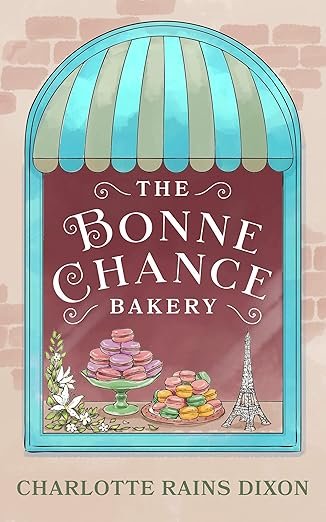Novels of the Civil War
Is it just me, or do there seem to be a lot of novels coming out about the Civil War these days?
There’s a story on yahoo today about Robert Olmstead’s latest novel, called Coal Black Horse. You can read it here.
Maybe its just that I am now noticing them. Until recently, they weren’t on my radar. I kinda tend to shy away from mostly anything to do with war. But, last time I was in Nashville, my friend Linda Busby Parker, author of Seven Laurels, drove up from Mobile, Alabama to visit. She and I spent morning writing and afternoons visiting Civil War sites.
Now usually this wouldn’t have been my thing at all, but Linda is halfway thinking about writing about the Civil War in a future novel. We ended up at three sites: The Belle Meade Plantation, not so much known for its Civil War significance but cool just the same, the Carter House, site of the Battle of Franklin, and Carnton, which served as a field hospital for the Battle of Franklin.
The Battle of Franklin was quite the deal–something like 10,000 men died in the four hours of the battle. At the Carter House, you can go into the basement of the home, where 27 people huddled while the battle raged in the yard. The house above them was being used as a makeshift hospital, and as they cowered, the limbs of soldiers that had been amputated fell in piles around the windows. When they finally opened the door to leave the basement, the stairs were piled so high with bodies they could barely get out.
Carnton was equally interesting. The mistress of the house, Carrie McGavock, had been for all intents and purposes turned into a grieving zombie by the deaths of so many of her children (not that such was unusual back in the day). But when her gracious home was overtaken by soldiers and pressed into service as a field hospital, the experience brought her back to life. Literally.
She spent the rest of her life dedicated to maintaining a sweet little cemetery for soldiers near her home. For several years after the battle, the soldiers’ body’s lay where they had fallen in the trenches around the Carter Home, with only some dirt shoveled over them. In winter, when the rains came, it would wash away some of the topsoil, uncovering the stray arm or leg. Carrie McGavock was horrified by the cavalier manner in which the war dead were treated and took it upon herself to get the bodies removed to a proper cemetery. You can walk through the cemetery today and view the headstones, which are arranged by state. Many of them are unmarked. Its quite compelling.
Anyway, I’ve been on a bit of a Civil War reading kick. The story of Carnton is told in the book, Widow of the South, by Robert Hicks. Another good one to read is The Black Flower, Howard Bahr. And the one I’m really looking forward to reading is On Agate Hill by Lee Smith (because, well, Lee Smith is a goddess. Period. I adore her writing.)
As a minor point of interest, the guide at the Carter House told us that in state budgets drawn up after the Civil War years, one of the biggest line items was for prosthetic devices for all the soldiers who had lost arms and legs. You know the old saying, there’s nothing new under the sun. Isn’t it fascinating to ponder that soldiers in Iraq are often losing limbs? And God bless everyone of them, by the way. I may not agree with the war but I am very grateful for the men and women who serve in it.
One of the things that interested me in the Olmstead article was this quote from novelist Jennifer Haigh, who studied with Olmstead: "He approaches writing in a reverent way as really one of the most important things a person can do," she said. As should we all. As should we all.
